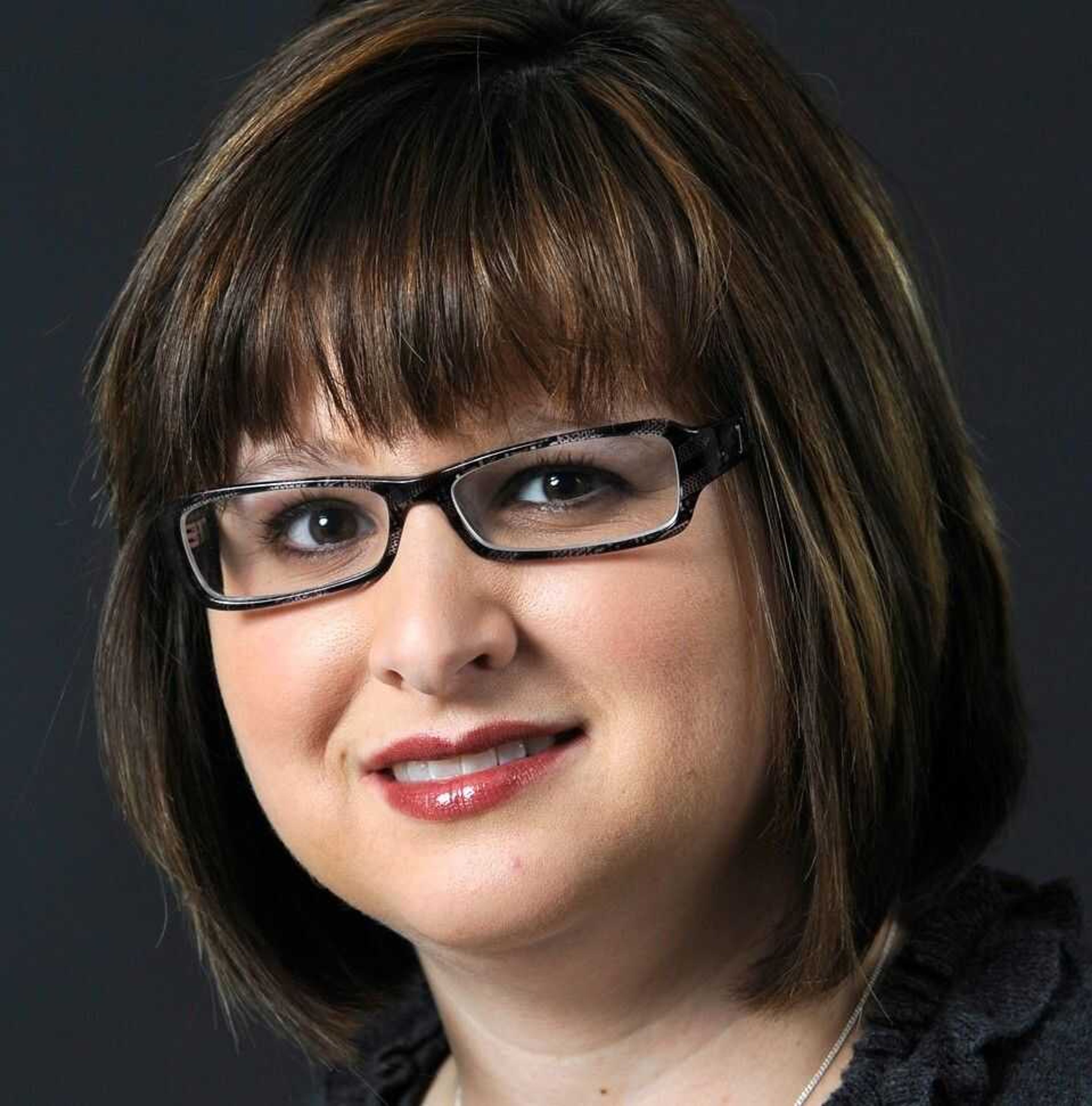Number of health care providers may not be able to meet growing demand
Eighty percent of Missouri, including all of Southeast Missouri, has already been designated a Health Provider Shortage Area by the U.S. Department of Health and Human Services. While the goal of federal health care reforms continuing to take effect is to ensure that more people get the care they need, in the future there may not be enough health care providers to meet these growing demands...
Eighty percent of Missouri, including all of Southeast Missouri, has already been designated a Health Provider Shortage Area by the U.S. Department of Health and Human Services.
While the goal of federal health care reforms continuing to take effect is to ensure that more people get the care they need, in the future there may not be enough health care providers to meet these growing demands.
"We definitely see a crisis on the horizon," said Dave Dillon, spokesman for the Missouri Hospital Association.
Nearly 900,000 Missourians are currently enrolled in Medicaid, and the federal health care reform law, known as the Patient Protection and Affordable Care Act, could create 300,000 newly eligible Medicaid recipients in Missouri. These newly insured patients will require a corresponding increase in primary care physicians, nurses, pharmacy and laboratory staff.
"We will see more people added to Missouri Medicare and commercial health insurance. If you have health insurance, you have an expectation that you are able to find a primary care physician," Dillon said.
In rural Missouri, there is only one primary care physician for every 1,776 citizens, compared to one primary care physician for every 962 metropolitan Missourians, according to a 2011 report by the Missouri Hospital Association.
"Primary care physicians are in many ways the gatekeepers for the health care system," Dillon said. "In rural areas, especially, the shortage of primary care physicians will be a much bigger problem in the future. What we don't want is people treating the emergency department as a primary care venue or accessing the system later, when they already have compound chronic conditions."
The U.S. Department of Health and Human Services estimates more than 16,000 primary care physicians are needed immediately, and the Association of American Medical Colleges estimates a shortage of 21,000 primary care physicians by 2015.
At the same time more people are gaining access to health coverage through federal reforms, the country's population is aging. An estimated 10,000 Americans will reach age 65, and become eligible for Medicare, every day for the next 19 years.
Health care is expected to create 3.2 million new jobs between 2008 and 2018, more than any other industry and largely in response to the rapidly aging baby boomer population.
While other segments of the economy have struggled, the U.S. Bureau of Labor Statistics reports that health care employment has increased an average of 24,000 jobs each month. The Missouri Department of Economic Development's list of top 50 jobs includes 10 in the health sciences.
Nursing is an area Dillon said the Missouri Hospital Association has been focusing on, in part because nurses are the closest contact to patients.
"The shortage of nurses could have been more profound than it is right now. Many nurses who could have retired didn't because of the economy," Dillon said.
According to the Missouri Hospital Association's 2011 workforce report, Missouri hospitals have a 4.3 percent vacancy rate in all positions, however in Southeast Missouri the vacancy rate is slightly lower at 2.9 percent. The vacancy rate for nurses specifically was slightly higher at 5 percent.
Dillon said it is important to put more resources into nursing education in an effort to meet growing demands.
"It can be a tough profession, but it's a good-paying profession. It's rewarding work and there are opportunities developing to make it an in-demand profession," he said.
The Missouri Hospital Association has launched a website to help increase awareness of health care job opportunities at www.missourihealthcareers.com.
Connect with the Southeast Missourian Newsroom:
For corrections to this story or other insights for the editor, click here. To submit a letter to the editor, click here. To learn about the Southeast Missourian’s AI Policy, click here.







